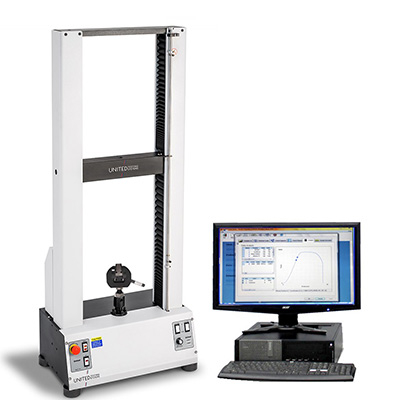ISO 37
ISO 37 – Rubber, vulcanized or thermoplastic — Determination of tensile stress-strain properties

Purpose:
Specifies the method for determining tensile stress–strain properties of vulcanized and thermoplastic rubber.
Properties Measured:
- Tensile strength
- Elongation at break
- Stress at a given elongation (modulus)
- Elongation at a given stress
- Stress and elongation at yield (for certain thermoplastic rubbers)
Principle:
Standard test pieces (dumb-bell or ring shapes) are stretched at a constant rate using a tensile-testing machine. Force and elongation are recorded until the specimen breaks.
Test Pieces:
- Dumb-bell types: 1, 1A, 2, 3, and 4
- Ring types: A (standard) and B (miniature)
Type 1A is a newer design with more uniform strain distribution and improved repeatability.
Main Procedure:
- Prepare and condition samples per ISO 23529.
- Use a constant traverse rate (e.g., 500 mm/min for type 1, 2, 1A).
- Calculate tensile strength, elongation, and modulus according to standard formulas.
- Report median values of test results.
Apparatus:
- Tensile-testing machine (ISO 5893 compliant)
- Extensometer, dies, gauges for measuring specimen dimensions
- Temperature-controlled chamber (if needed)
Test Conditions:
- Standard laboratory temperature (per ISO 23529)
- Minimum of three test pieces per test
- Time between vulcanization and testing: at least 16 hours
Results & Reporting:
The test report must include:
- Reference to ISO 37
- Sample and test piece details
- Test temperature and conditions
- Median values of all measured properties
Annexes:
- Annex A: Preparation of Type B ring test pieces
- Annex B: Precision data from interlaboratory tests
Annex C: Analysis of dumb-bell shapes (Type 1A shows higher precision)
Bình luận
Fanpage
